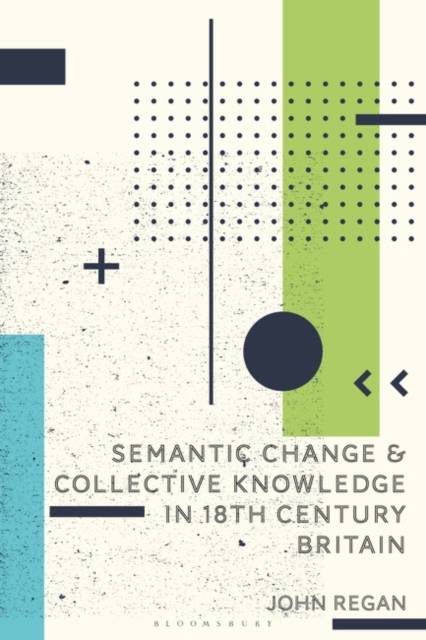
- Afhalen na 1 uur in een winkel met voorraad
- Gratis thuislevering in België vanaf € 30
- Ruim aanbod met 7 miljoen producten
- Afhalen na 1 uur in een winkel met voorraad
- Gratis thuislevering in België vanaf € 30
- Ruim aanbod met 7 miljoen producten
Zoeken
€ 220,45
+ 440 punten
Omschrijving
An in-depth digital investigation of several 18th-century British corpora, this book identifies shared communities of meaning in the printed British 18th century by highlighting and analysing patterns in the distribution of lexis.
There are forces of attraction between words: some are more likely to keep company than others, and how words attract and repel one another is worthy of note. Charting these forces, this book demonstrates how distant reading 18th-century corpora can tell us something new, methodologically defensible and, crucially, interesting, about the most common constructions of word meanings and epistemes in the printed British 18th century. In the case studies in this book, computation brings to light some remarkable facts about collectively-produced forms of meaning, without which the most common meanings of words, and the ways of knowing that they constituted, would remain matters of conjecture rather than evidence.
Providing the first investigation of collective meaning and knowledge in the British 18th century, this interdisciplinary study builds on the existing stores of close reading, praxis, and history of ideas, presenting a view constructed at scale, rather than at the level of individual texts.
There are forces of attraction between words: some are more likely to keep company than others, and how words attract and repel one another is worthy of note. Charting these forces, this book demonstrates how distant reading 18th-century corpora can tell us something new, methodologically defensible and, crucially, interesting, about the most common constructions of word meanings and epistemes in the printed British 18th century. In the case studies in this book, computation brings to light some remarkable facts about collectively-produced forms of meaning, without which the most common meanings of words, and the ways of knowing that they constituted, would remain matters of conjecture rather than evidence.
Providing the first investigation of collective meaning and knowledge in the British 18th century, this interdisciplinary study builds on the existing stores of close reading, praxis, and history of ideas, presenting a view constructed at scale, rather than at the level of individual texts.
Specificaties
Betrokkenen
- Auteur(s):
- Uitgeverij:
Inhoud
- Aantal bladzijden:
- 248
- Taal:
- Engels
Eigenschappen
- Productcode (EAN):
- 9781350360495
- Verschijningsdatum:
- 24/08/2023
- Uitvoering:
- Hardcover
- Formaat:
- Genaaid
- Afmetingen:
- 156 mm x 234 mm
- Gewicht:
- 526 g

Alleen bij Standaard Boekhandel
+ 440 punten op je klantenkaart van Standaard Boekhandel
Beoordelingen
We publiceren alleen reviews die voldoen aan de voorwaarden voor reviews. Bekijk onze voorwaarden voor reviews.








